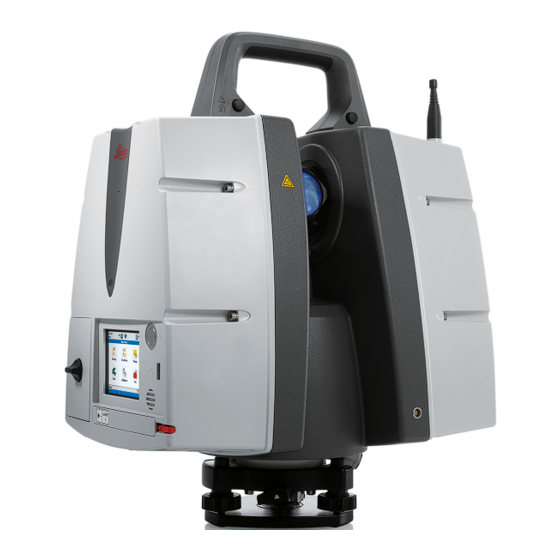
Leica ScanStation P30 Basic Training Manual
Hide thumbs
Also See for ScanStation P30:
- Manual (368 pages) ,
- User manual (66 pages) ,
- Quick manual (12 pages)
Table of Contents
Advertisement
Quick Links
Advertisement
Table of Contents

















Need help?
Do you have a question about the ScanStation P30 and is the answer not in the manual?
Questions and answers